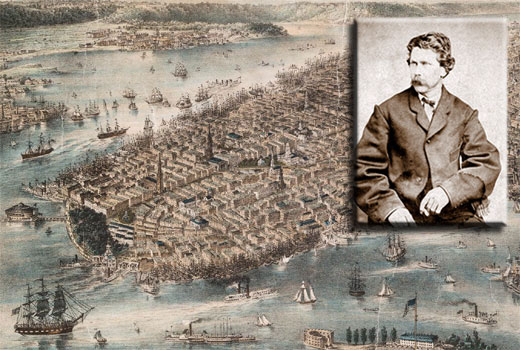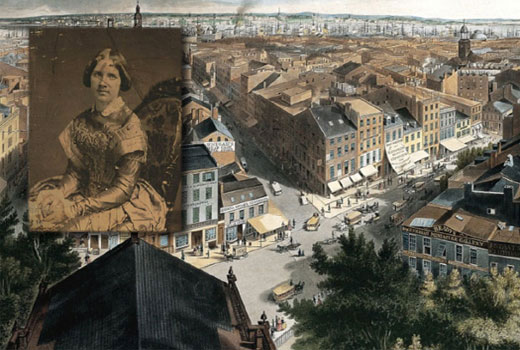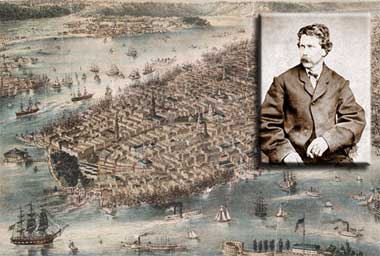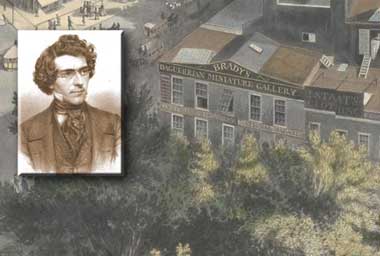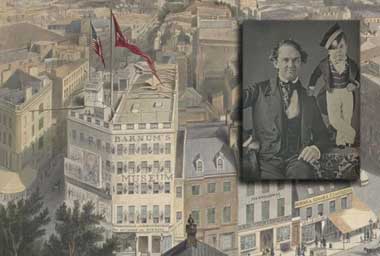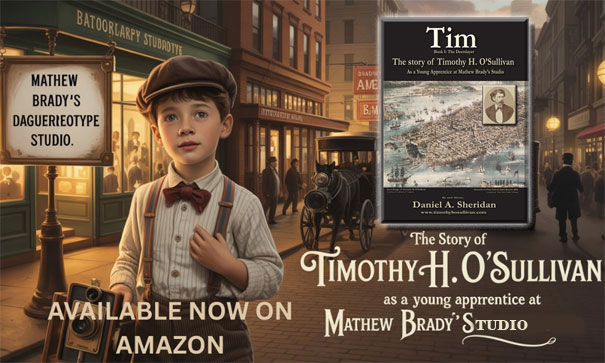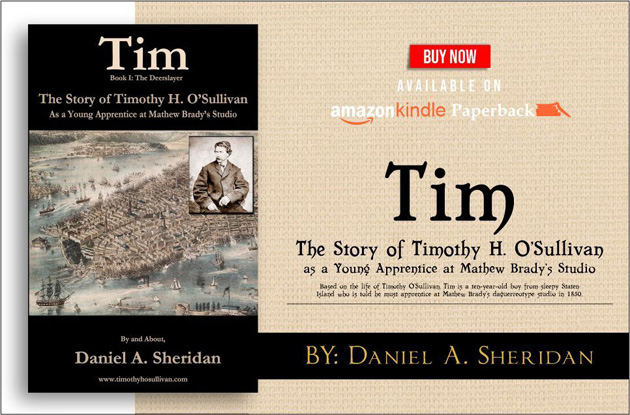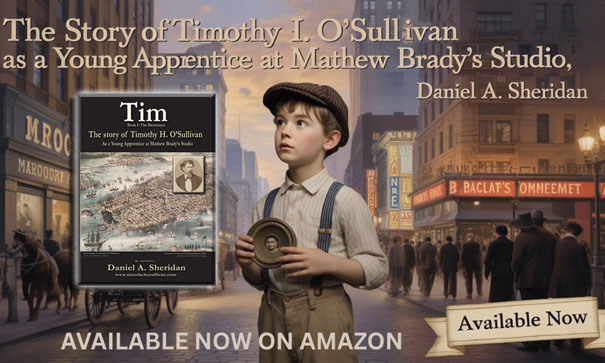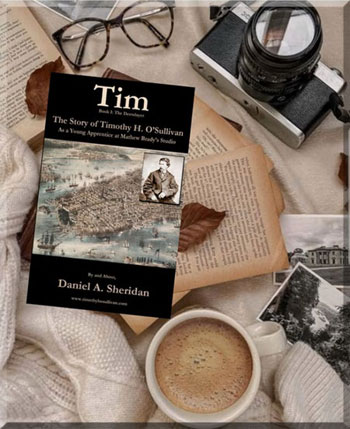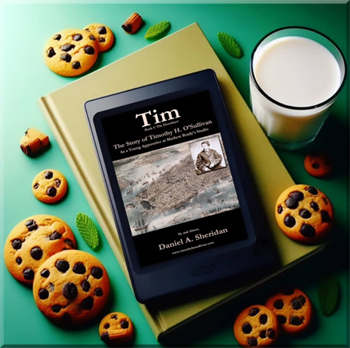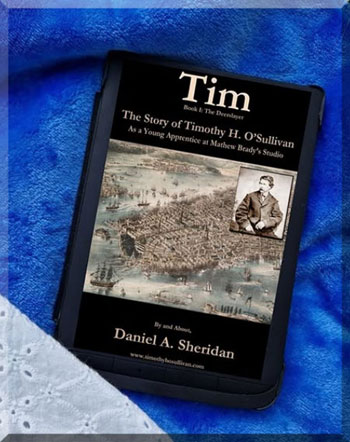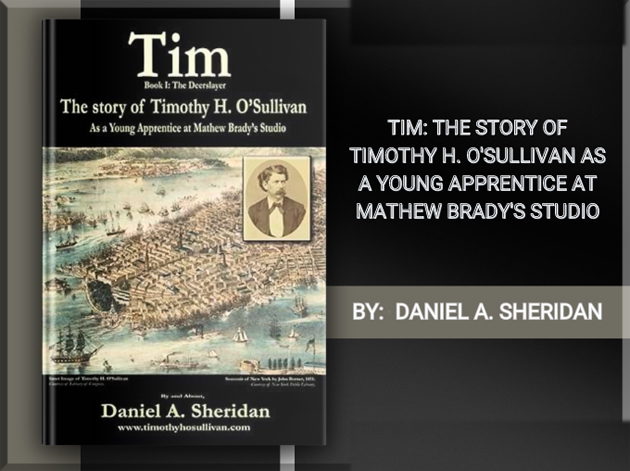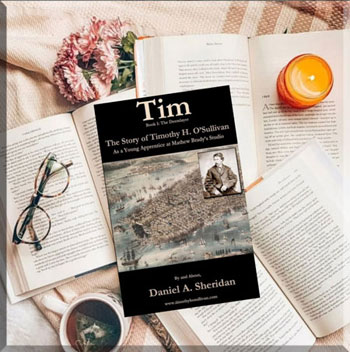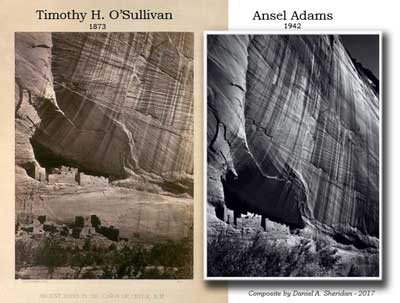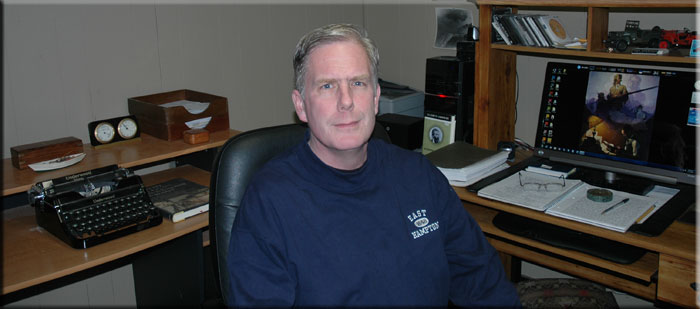Goodreads Reviews: ★★★★★
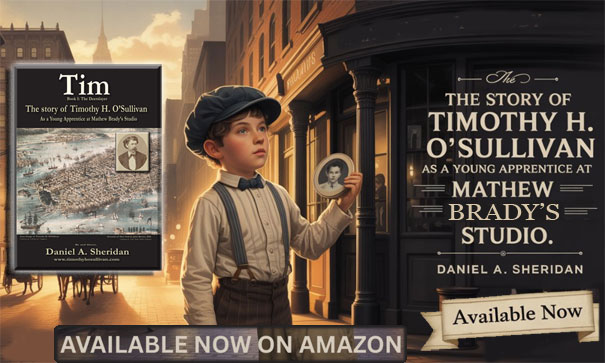
Brazil
There’s a moment in this book a quiet exchange between Tim and Brady over a failed plate that broke me in the best way. Sheridan uses that small failure to show us everything about art, mentorship, and the human need to leave something lasting behind. The writing is tactile and sensory; you can feel the heat of the lamps, the sting of chemicals on skin. But more than that, you feel Tim’s longing to understand the magic in front of him. I’ve read many historical novels that describe the past; this one invites you into it. It’s history with heartbeat and breath. Sheridan’s background as a photographer gives the story a rare authenticity, but it’s his empathy that makes it unforgettable.
Catherine Vickson
Reading Tim felt like stepping into a sepia-toned photograph that suddenly came alive. Daniel Sheridan doesn’t just recreate 1850s New York he resurrects it. The grime, the wonder, the scent of chemicals in Mathew Brady’s studio… it’s all there. Tim’s story is quietly powerful a boy pulled from the comfort of home into the birth of a new art form. What I loved most was how Sheridan captures curiosity itself that spark that drives invention. I turned the last page feeling grateful to both O’Sullivan and the author who brought his early years to life so vividly.
Jenny
What a stunning piece of writing. Sheridan’s prose is so sensory I could almost smell the metal, the smoke, the oil lamps burning late into the night. He paints 19th-century New York in broad, cinematic strokes, yet never loses sight of the small human details that make it all matter a look, a hesitation, a boy’s trembling hands learning to hold a fragile glass plate. This book deserves all its praise and more.
Fabian Briggs
The atmosphere in this book is electric or perhaps chemical, since we’re in a photography studio in 1850. Sheridan’s descriptions of early cameras, exposure times, and developing plates could have been dry in another writer’s hands, but here they feel alive. He makes art out of process. Tim’s growth from nervous apprentice to confident young artist mirrors the evolution of photography itself. Truly unforgettable.
Juliette Gabriel
I expected a dry historical novel, but this one surprised me. It’s full of warmth and humor, and the characters feel like real people rather than figures in a textbook. Tim’s apprenticeship under Brady is written with such care you can feel both the awe and the frustration of learning something revolutionary. Sheridan’s own love of photography shines through every page, making the technical moments feel almost poetic. I learned, I laughed, I even teared up. This book is a rare find.
Kessy Smith
You can hear this book — the clatter of hooves on cobblestones, the hiss of chemicals, the creak of wood floors in Brady’s studio. Sheridan has recreated a lost world in sound and motion. I didn’t just read Tim; I lived inside it for a while. I wish more historical fiction were written with this much life.
Luiz Owen
This book spoke directly to the artist in me. Sheridan writes about the pursuit of art, the frustration, the fleeting moments of beauty with honesty and grace. Tim’s journey mirrors the creative process itself: messy, surprising, and transformative. I highlighted so many passages just for their sheer truth.
Kelly Thomas
There’s a touch of magic in this story not fantasy magic, but the kind that lives in discovery. Tim’s curiosity feels contagious, and I found myself smiling through chapters just because of his wonder at how light can be captured forever. Sheridan manages to make the birth of photography feel as miraculous as it must have felt in 1850. It’s a joy to read.
Jeff Anthony
Tim’s journey hit me harder than I expected. Here’s a ten-year-old kid thrust into a world of adults, expectations, and art in its infancy and somehow he finds his way. Sheridan shows us how dreams are built from mistakes, patience, and a bit of light. It’s not just historical fiction; it’s a story about growing up, taking chances, and believing in your craft.
Isabella Aiden
There’s something nostalgic and deeply human about this book. It’s not just the historical setting, it’s the feeling of touching something fragile yet eternal. The way Sheridan describes Tim’s apprenticeship reminded me of my own first job, that mix of fear, wonder, and wanting to make someone proud. You don’t need to love history to love this story. You just need to love people.
Emmanuel Phillip
Few writers can blend science, history, and soul the way Sheridan does here. Every scene glows sometimes literally, as he describes the shimmer of light on polished metal plates. I loved watching young Tim discover the mysteries of photography and, in a way, discover himself. This story reminded me that behind every photograph is a person learning how to see the world.
Evelyn Josh
I learned so much reading this about daguerreotypes, early cameras, exposure times yet it never once felt like a history lesson. Sheridan weaves technical detail into story with elegance. Tim’s excitement becomes your own. By the end, I was googling Civil War photographs with a whole new appreciation.
Lil Mhikel
It’s easy to forget that the great photographers we study once had trembling hands and uncertain hearts. Sheridan reminds us of that truth through Tim’s eyes. Every scene feels researched yet effortless, full of life. If you’ve ever chased a dream or looked up to a mentor, this story will resonate deeply.
Leo Mark
The dynamic between Mathew Brady and Tim is beautifully crafted — stern yet full of affection. Brady isn’t romanticized; he’s complex, brilliant, sometimes difficult. Tim learns not just about photography but about ambition and sacrifice. Their relationship feels timeless a master teaching an apprentice, but both being changed in the process.
Sabine Traeder
What amazed me most about this book is its balance it’s sweeping in historical scope yet intimate in emotion. You see photography being born, but also a young boy learning about responsibility, creativity, and himself. Sheridan manages to make history feel deeply personal. That’s a rare gift.
Andrea
I wasn’t expecting to be so emotionally invested in this story. Tim’s journey from a naive boy to a skilled apprentice was both inspiring and heartwarming. Sheridan’s prose is poetic, and his knowledge of photography gives the story authenticity. I couldn’t put it down.
Ava Bradford
Every word feels etched in silver. Sheridan’s writing is that precise, that luminous. Tim is one of those novels that feels slow in the best possible way it makes you linger, observe, notice light on faces and dust in the air. It reminded me why I fell in love with both photography and storytelling in the first place.
Rose Mark
Before reading this, I knew little about Timothy H. O’Sullivan. Now I feel like I’ve met him. Sheridan doesn’t just give us facts; he gives us a soul. The final chapters, where Tim begins to understand what his craft means, are some of the most poignant I’ve read in years.
John Peter
Light that’s what this book is really about. How we see it, how we capture it, how it changes us. Sheridan writes about photography the way poets write about love. Each page feels illuminated by admiration for those who first learned to trap light on glass. Absolutely beautiful.
Deborah
Few debut novels feel as assured as this one. Sheridan manages to intertwine the meticulous technical world of early photography with the emotional journey of a child forced into adulthood far too soon. The story excels in its layered structure: on the surface, it's about Tim’s apprenticeship; underneath, it’s about the birth of modern visual storytelling how images came to shape our understanding of war, identity, and memory. I found the scenes where Brady explains the “war over photography”French vs. English processes particularly fascinating. Sheridan uses these competing techniques as metaphors for choice, change, and progress. Tim, caught in the middle, becomes a stand-in for all young artists torn between tradition and innovation. Every chapter feels intentional. Every detail serves a purpose. By the end, I felt as if I had watched not only Tim grow, but an entire medium come to life. A rare, thoughtful, brilliantly crafted novel.
Julia
One of the most impressive achievements of this book is its worldbuilding. Sheridan doesn’t just set his story in 1850 he resurrects it. The streets smell of coal and horse sweat, the studio flickers with candlelight, and the social hierarchy of old New York weighs heavily on each interaction. The comparison to Willy Wonka meets Gangs of New York is surprisingly fitting: there’s wonder in the technical experimentation but also raw danger in the city’s underbelly. The sense of place is so vivid that at times the novel feels cinematic. Tim’s relationship with his environment is as important as his relationship with Brady. Every location from the ferry to the bustling studio to the darkroom reflects a stage in his transformation. Sheridan’s prose carries both precision and poetry. This is historical fiction at its finest.
Simpson
Timothy H. O’Sullivan is often overshadowed by Mathew Brady in photographic history, but Sheridan brings him front and center with remarkable compassion and depth. What makes this novel so powerful is that it doesn’t simply “tell history” it reconstructs the inner life of a boy destined to become one of America’s most important visual chroniclers. The psychological details shine: Tim’s fear of disappointing Brady, his longing for home, his awe when witnessing the first successful exposure, and even his frustration with failed attempts. Sheridan understands that artistry begins in both skill and vulnerability. This book made me see early photography not as a craft, but as a calling. A rare, emotionally rich portrayal of an artist in the making.
Anthony
An absolutely captivating novel. Sheridan brings the forgotten world of early photography to life with such clarity that I felt I was standing in Brady’s studio myself. Tim’s perspective is charming, curious, and deeply human. A brilliant blend of history, storytelling, and heart.
Adam Julian
Tim reads like a love letter to the origins of photography. Sheridan clearly knows his craft, and the authenticity shines through every scene. Tim and Brady’s mentor-student dynamic is the emotional core of this beautifully written book.
 Agnes
Agnes
A refreshing take on historical fiction. It’s rare to see the early photography world portrayed with such accuracy and passion. Daniel Sheridan’s background shows every chapter feels like stepping into a darkroom of the past.
Click here to read Tim book review on GoodReads.com
 of a rapidly changing America. Tim doesn’t just tell a story it preserves a piece of photographic history with heart and grace.
of a rapidly changing America. Tim doesn’t just tell a story it preserves a piece of photographic history with heart and grace.